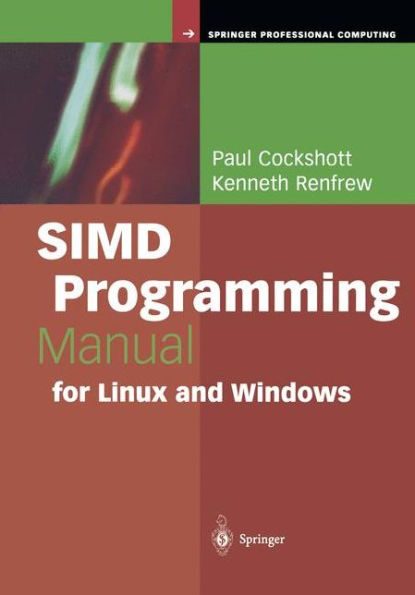5
1
9781852337940


SIMD Programming Manual for Linux and Windows / Edition 1 available in Hardcover

SIMD Programming Manual for Linux and Windows / Edition 1
- ISBN-10:
- 185233794X
- ISBN-13:
- 9781852337940
- Pub. Date:
- 05/18/2004
- Publisher:
- Springer London
- ISBN-10:
- 185233794X
- ISBN-13:
- 9781852337940
- Pub. Date:
- 05/18/2004
- Publisher:
- Springer London
109.99
In Stock

Product Details
| ISBN-13: | 9781852337940 |
|---|---|
| Publisher: | Springer London |
| Publication date: | 05/18/2004 |
| Series: | Springer Professional Computing |
| Edition description: | 2004 |
| Pages: | 352 |
| Product dimensions: | 7.01(w) x 10.00(h) x 0.28(d) |
From the B&N Reads Blog
